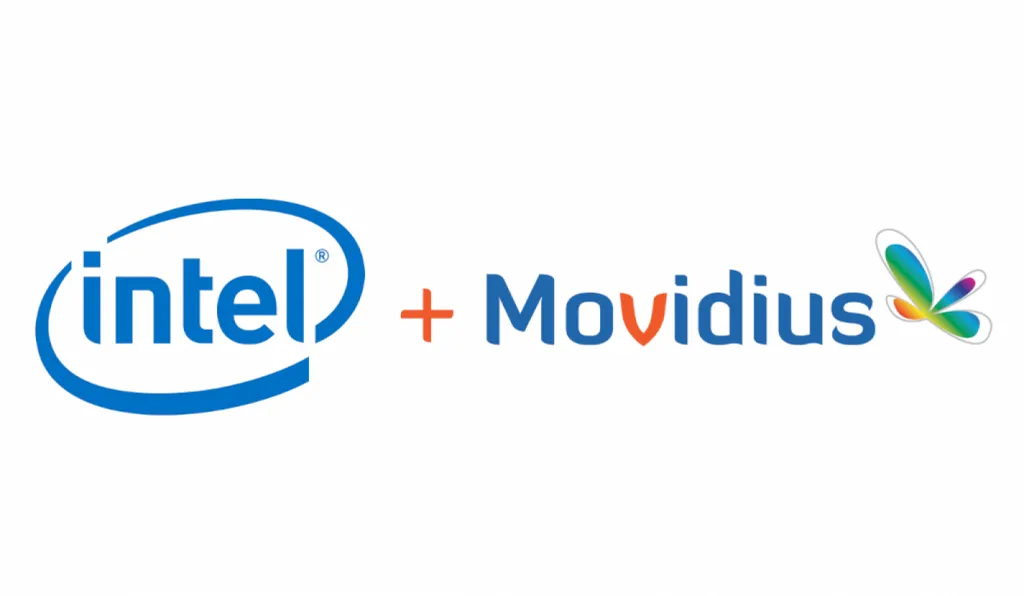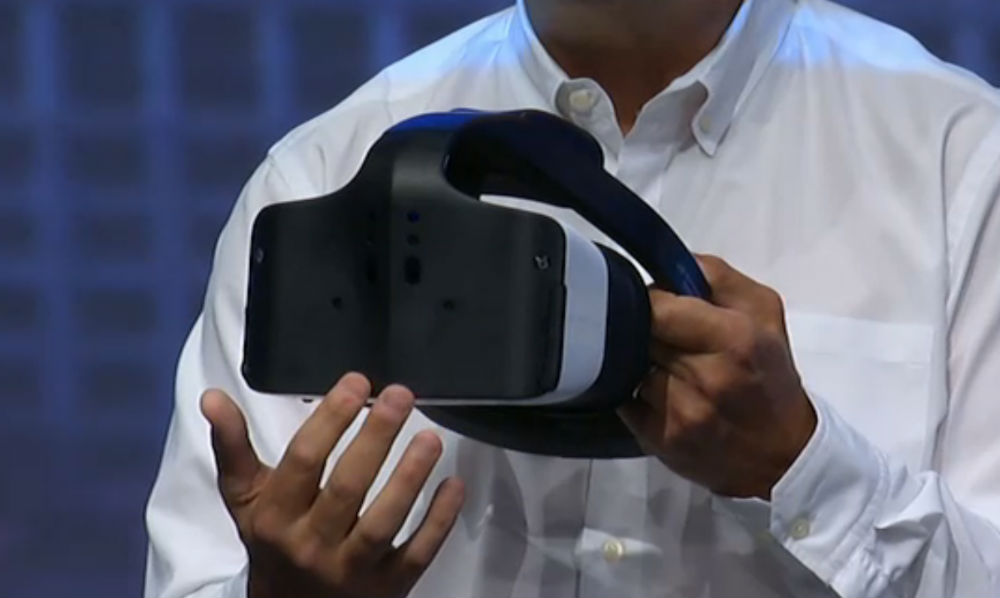Intel is serious about the future of not just virtual reality, but also augmented and mixed realities, and its latest acquisition proves it.
The company announced it will be buying Movidius, a computer vision startup that could help improve tracking and scene mapping for reality altering headsets. The finer details of the deal haven’t been disclosed, but it’s likely a significant purchase; Movidius helped create Google’s impressive Project Tango 3D mapping technology that’s only just being implemented into its first smartphone, the Lenovo Phab 2 Pro.
In fact, the Phab 2 Pro sets a good example of what you can expect to see from Intel and Movidius in the future. Movidius specializes in computer vision, which refers to the processes in which a device is able to read and understand the environment around it. Its work allows Lenovo’s new phone to capture the 3D environment around it and realistically depict virtual images that are contextually accurate and react accordingly to the surrounding area. It can also be used for fast 3D mapping, translating a real location into a virtual one.
It’s an area in which Intel is already heavily invested with its RealSense depth-sensing cameras. What Movidius brings to the table is low-powered solutions that could more easily be integrated into devices. In a blog post announcing the deal, Movidius CEO, Remi El-Ouazzane, confirmed that the company would be combining its work with Intel’s existing platform using its family of Vision Processing Units (VPUs). That line is currently referred to as Myriad 2, though maybe Myriad 3 could be around the corner with Intel helping out.
Essentially, with Movidius tech on board, Intel can continue to refine and optimize its work in computer vision, making it more practical for consumers. In the company’s own blog post, Senior Vice President of New Technologies Group, Josh Walden, stated the acquisition granted Intel with “low-power, high-performance SoC [System on Chip] platforms” that would help to accelerate its computer vision services.
Specifically, Walden stated the the technology will be applied across Intel’s work in VR, AR, and MR, as well as other areas like drones and robotics. That means we could see it integrated into Project Alloy, Intel’s recently-revealed all-in-one VR headset. It already offers inside-out position tracking, but the low-powered solution Movidius boasts could be used to refine the overall tech. Project Alloy also features mixed reality capabilities, which the company’s VPUs could improve.
Intel likely won’t be releasing its headset as a consumer product, however, instead offering it to partners for them to base their own headsets off of. The company isn’t planning to distribute the hardware until late 2017, so we might not see headsets supported with Movidius tech until 2018 at the earliest. The longer we wait, however, the more impressive the tech is bound to become.






























